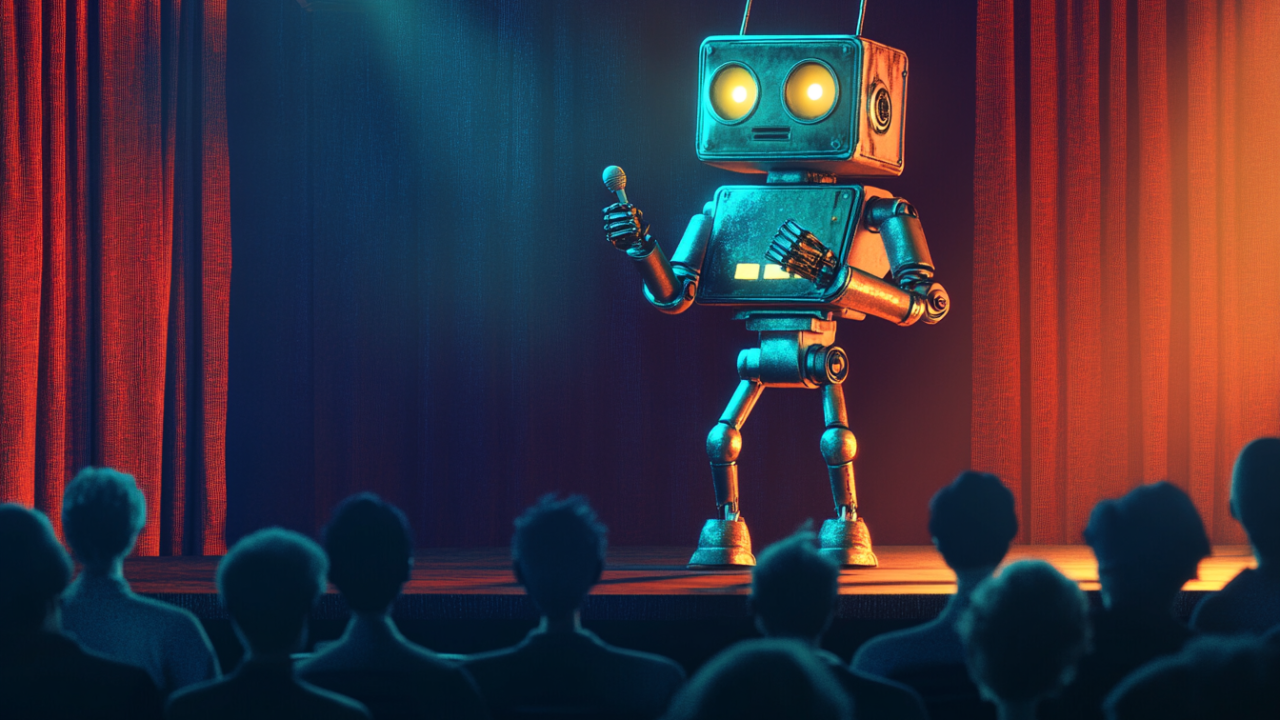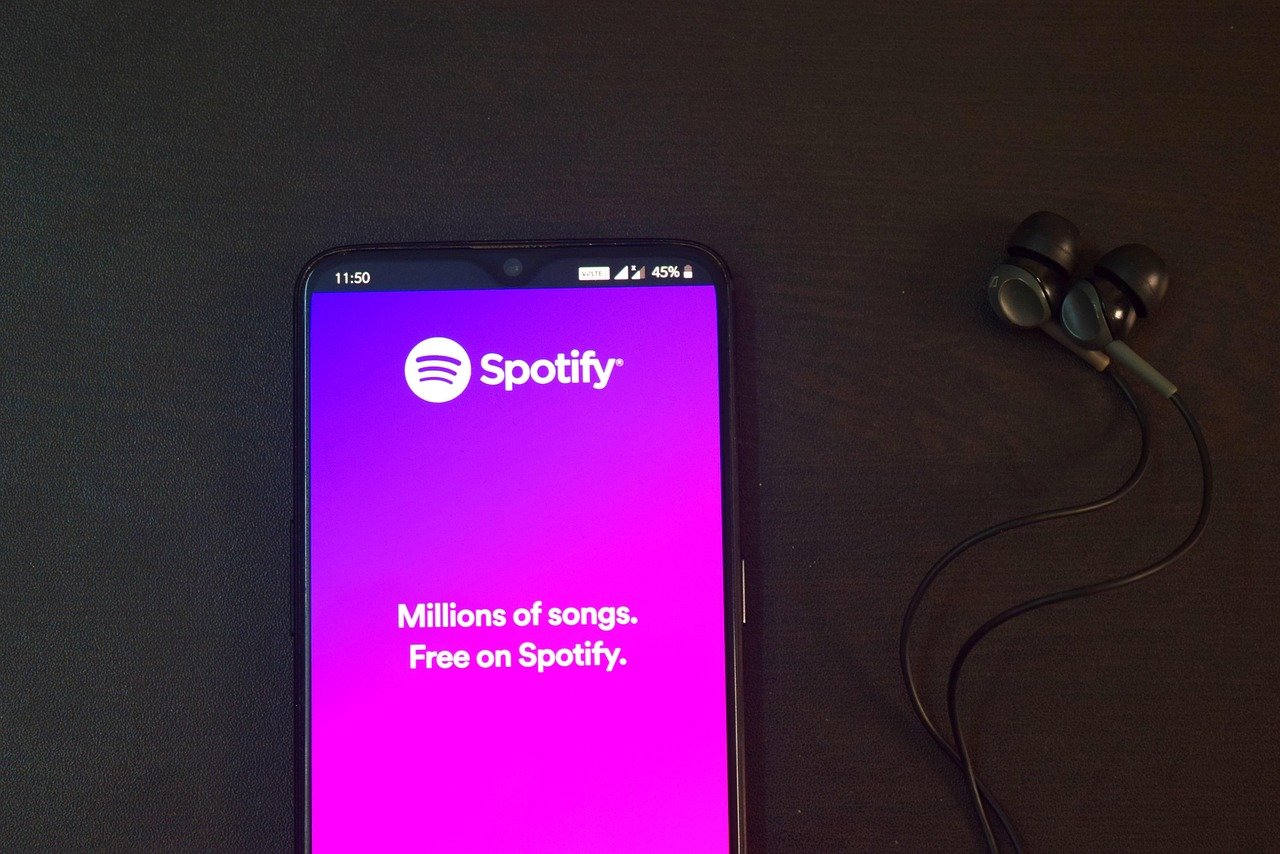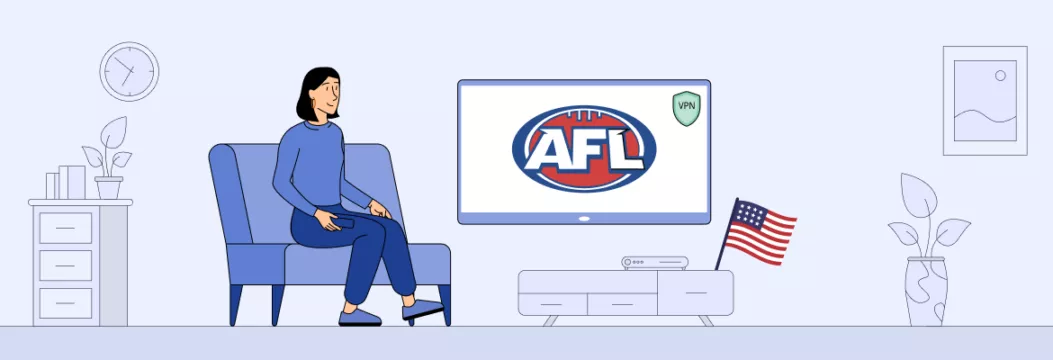In an age where technology evolves faster than our attention spans, humor is also undergoing a radical transformation. What used to be punchlines carefully delivered on stage is now a flood of memes, TikToks, and AI-generated one-liners. But how exactly is artificial intelligence changing what we find funny? And more importantly, should we laugh or worry?
As AI continues to integrate with entertainment platforms and creative tools, it’s reshaping the mechanics of humor itself. Whether it’s suggesting punchlines, creating viral memes, or scripting late-night monologues, artificial intelligence is becoming the ultimate digital meme creator, with surprising effectiveness.
In this article, we’ll dive into how AI is revolutionizing comedy, why it works (or sometimes doesn’t), and what this means for both content creators and everyday internet users looking for a laugh.
The Evolution of Humor in the Digital Era
To appreciate how AI is changing humor, we need to understand how humor has evolved alongside the internet. The early 2000s gave us forums and message boards teeming with inside jokes and crude Photoshopped images. Then came meme culture—text-over-image formats that spread like wildfire.
Fast-forward to the 2020s, and humor is dominated by short-form videos, reactive content, and lightning-fast meme cycles. In this landscape, AI is no longer just a supporting actor; it’s a co-creator of the jokes themselves.
A Quick Stat Check
- According to a 2023 Pew Research study, over 72% of adults aged 18-34 consume humor content daily on social media, making it a primary vehicle for entertainment.
- The global AI in media & entertainment market is projected to hit $99.48 billion by 2030, with a significant portion earmarked for content generation, including comedy.
This isn’t just a tech novelty, it’s a cultural shift.
You May Also Like: Tips for Editing and Styling Video Captions











